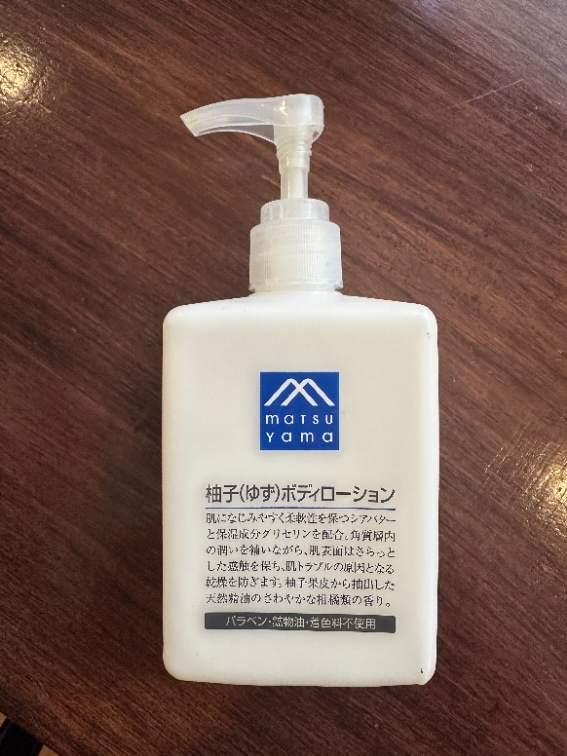A plethora of katakana?
Language Log 2025-01-13
I sent the above photograph of a body lotion (bodirōshon ボディローション) bottle to Nathan Hopson and asked him why it has so many katakana words, also why they have to give a phonological gloss for yuzu, which should be a fairly common word in Japanese (even I know it!).
He replied:
Two things to say here.
First, the 柚 character is glossed here because it's not one of the "regular-use" kanji (常用漢字 jōyō kanji). It's not uncommon to see 柚子 written as just ゆず for this reason.
Second, for contemporary Japanese — especially the world of commerce — the ratio of katakana to other character types might actually be low. It's certainly not abnormally high. Other than the product type (ボディローション body lotion) and one loanword in common use (トラブル toraburu ["trouble"]), the other katakana is just for ingredients: shea butter, glycerine, and paraben(s).
The first sentence is a good example:
肌になじみやすく柔軟性を保つシアバターと保湿成分グリセリンを配合。
Hada ni najimiyasuku, jūnansei o tamotsu shia batā to hoshitsu seibun guriserin o haigō.
"[This body lotion] contains shea butter, which is easily absorbed into the skin and keeps it [soft and] flexible, and the moisturizing ingredient glycerin."
Selected reading
- "Too many recent Japanese loanwords in English?" (7/17/13) — featuring "Matsumoto House Cleaning Service" written on a truck, all in katakana
- "Multiscriptal cosplay poster in Haifa" (1/1/17)
- "More katakana, fewer kanji" (4/4/16)
